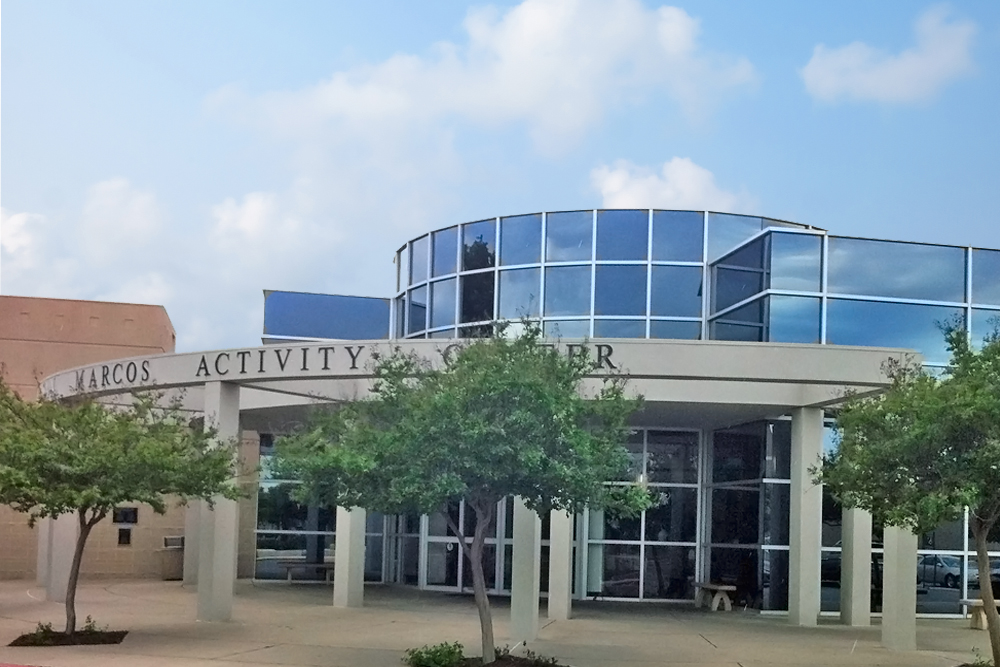Shifting From Victim Blaming To Victim Supporting
![]() Whether a victim was threatened, manipulated or forced into abuse, nothing that a victim wears or does invites assault. These crimes are not the fault of the victims…
Whether a victim was threatened, manipulated or forced into abuse, nothing that a victim wears or does invites assault. These crimes are not the fault of the victims…
![]()
By: HCWC Counseling and Resource Counselors – Shawna Anderson, Joy Cannon, Laura De La Paz, and Kathryn Tucker
The following article is the first article of a five-week series focusing on raising awareness about sexual assault and child abuse. April is both Sexual Assault and Child Abuse Awareness month and it is our hope to educate our local community on these two very serious issues. 2 in 5 women and 1 in 5 men will experience a form of sexual assault in their lifetime.
Locally, the Hays-Caldwell Women’s Center has been serving victims of domestic and dating violence, sexual assault and child abuse since 1978. Last year, HCWC served 1,877 victims of abuse (face-to-face) from Hays and Caldwell Counties. 746 of those were adult victims of sexual assault and 399 were victims of child abuse.
Imagine yourself saving your money to buy your dream car. The day finally arrives and you find yourself at the dealership ready to drive off with the car you spent the last few years dreaming about.
You take it for a spin for several hours when all of the sudden your gas light comes on. You stop at the nearest gas station and next thing you know you feel someone come up behind you unexpectedly and they are holding a knife to your throat. This person is demanding your wallet and the keys to your shiny new car. You instantly freeze and this person takes your belongings and gets away. Some people that are nearby come to assist you but you are too shaken to say and/or do anything. The police arrive and start asking you questions. You start hearing people say things such as, “Why would you bring a brand new car to this side of town? What did you expect would happen? You asked to get robbed coming to this neighborhood dressed like that and in that car.”
Wait a minute…you are the victim here. You are the one that was targeted. You are the one who lost not only a possession, but now you may be experiencing the feelings of fear and helplessness. You may no longer feel safe and are weary of everyone around you. Why are you the one being questioned as if you committed the crime? This is what we call victim blaming.
Victim blaming statements and attitudes mistakenly hold the survivors of violence responsible for the crimes committed against them. We all make mistakes at times, unaware that our responses or attitudes blame the victims of child abuse and sexual assault. In reality, it is always the perpetrator’s choice to act violently and commit crime.
With both child abuse and sexual assault, a perpetrator decides that their desire for power or control is more important than the basic human rights of others. Whether a victim was threatened, manipulated or forced into abuse, nothing that a victim wears or does invites assault. These crimes are not the fault of the victims.
However, harmful messages from friends or family, helping professionals, and society at large, can all contribute to a victim-blaming culture with dangerous effects for survivors. Victims may begin to blame themselves, thinking they caused or failed to prevent their trauma.
Here are just a few examples: “You wore tight, revealing clothes that turned them on.” “You didn’t fight back or run away.” “You shouldn’t have been there.” “If you hadn’t asked for that promotion, this never would’ve happened.” “Why were you out alone at night?” “But didn’t you agree to date them?” “You should’ve left them a long time ago.” “Why did you trust them?”
The tendency to engage in behaviors that fall along the spectrum of victim blaming is universal. The fact that sexual assault exists threatens our core belief that the world is a relatively safe place. It is difficult to question that reality because it forces us to admit our vulnerabilities and accept the fact that we cannot control everything that happens to us.
It is much easier to pick apart the victims and convince ourselves that somehow, they were at fault. We start blaming the victim in an effort to distance ourselves from the crime and promote our own sense of safety. However, in actuality, victim blaming distances us from all of the victims who need our support and understanding.
In this day and age, with so many social and cultural issues being brought to light, it’s easy to get weighed down and feel as though this is too big of a task to individually take on. In reality there are many small things we can all do to combat victim blaming that, in the end, could make a big difference to someone experiencing it.
When you hear a statement that focuses on the victim and their actions, challenge and reframe it to focus on the offender and their choices. Focus on the needs and feelings of the person affected, because they need our support more than they need us to play detective, judge, and jury.
To learn more ways to get involved with HCWC visit our website, www.hcwc.org for opportunities to volunteer, donate or get information on services. You can visit our educational website www.StopTheHurt.org for more educational tools on abuse issues and resources.
We also invite the public to attend two special events: for child abuse awareness, YouthFest!2018 on Saturday, April 7th at SM Plaza Park from 10a – 4p, in partnership with Community Action, Inc. and Greater San Marcos Youth Council is a free, family friendly event open to the public and will host booths will activities for children, as well as information booths with community resources.
Join us for a special event to support those affected by sexual assault at our Candlelight Vigil on Wednesday, April 11th at the Hays County Courthouse lawn at 7pm.






